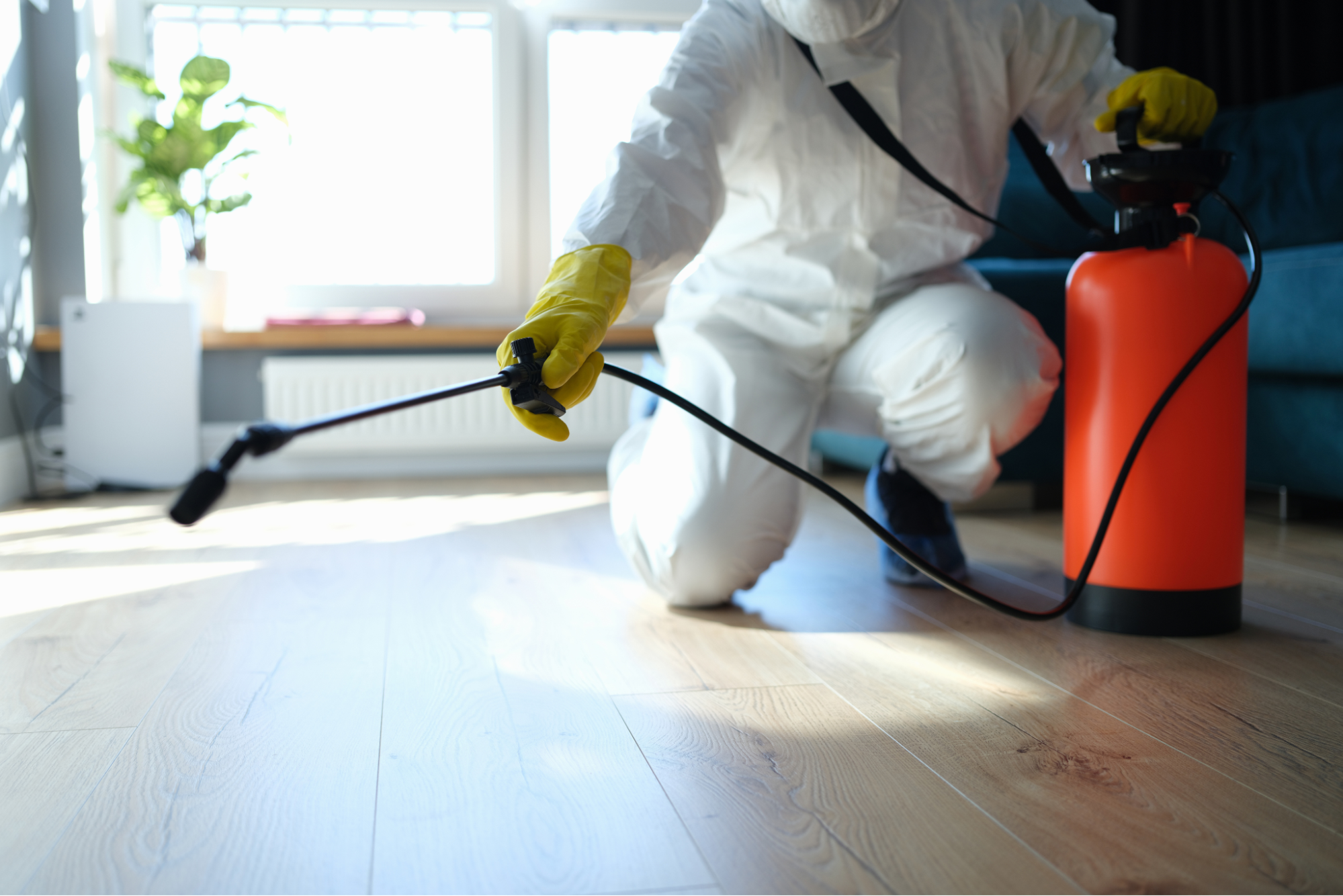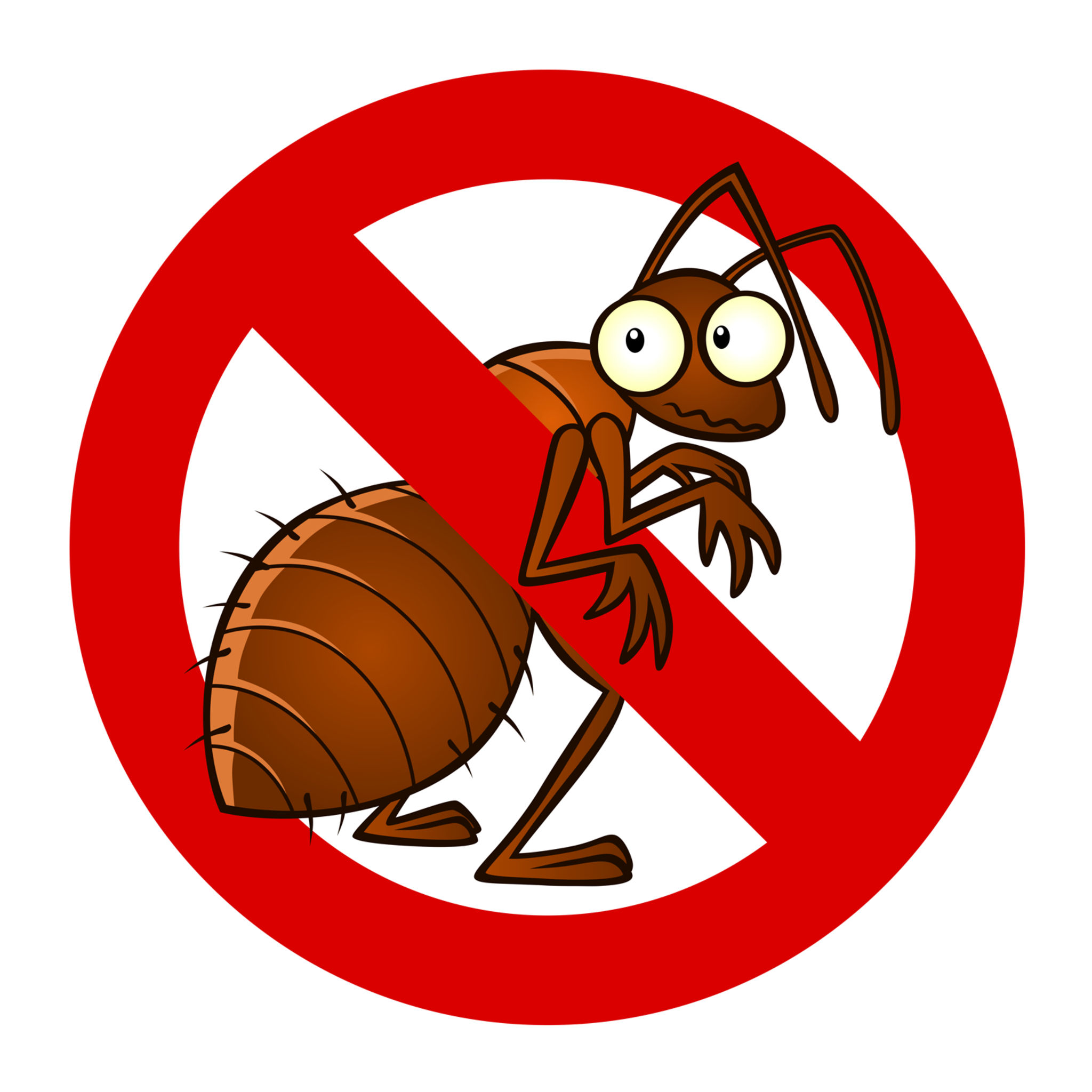Mastering the Art of Insect Control: Proven Strategies for Long-Term Avoidance and Elimination
Bug problems can be a consistent difficulty for organizations and homeowners alike, requiring a tactical strategy to successfully handle and eliminate these unwanted intruders. By grasping the art of insect control via tried and tested strategies for long-lasting prevention and removal, one can establish a proactive defense against potential dangers. Understanding the habits of parasites, applying integrated parasite administration methods, and utilizing natural solutions are simply a couple of vital parts necessary to achieving long-term success in this undertaking. Nevertheless, the ins and outs of maintaining sanitation, performing normal assessments, and attentive surveillance play similarly important roles in maintaining a pest-free atmosphere. As the fight versus insects remains to evolve, embracing an extensive strategy comes to be critical in securing your residential or commercial property from prospective harm.
Understanding Parasite Habits
To properly execute parasite control approaches, it is important to understand the complex actions showed by various bugs in various environments. By examining these habits, pest control professionals can recognize the most vulnerable points in the parasite's life cycle to target treatments more properly.
For example, rodents like rats and mice are nocturnal creatures that choose dark, private rooms near a food source. a1 commercial pest control portland. Knowing this, pest control specialists can focus on securing access factors and removing food attractants to hinder these parasites. In contrast, insects such as cockroaches prosper in cozy, damp locations with accessibility to water. By resolving wetness problems and sealing holes and fractures, problems can be significantly minimized.
Applying Integrated Bug Management
Carrying Out Integrated Insect Administration entails making use of a holistic method to deal with bug concerns by incorporating various control strategies and strategies. This technique emphasizes prevention, surveillance, and control of bugs via a mix of biological, cultural, physical, and chemical interventions. By integrating numerous techniques, Integrated Insect Administration (IPM) intends to minimize the use of pesticides while properly taking care of pest populaces.
One secret facet of IPM is determining the details insect problem and recognizing its behavior and life cycle. This knowledge helps in figuring out one of the most ideal control steps to execute. Prevention is likewise a basic principle of IPM, concentrating on eliminating elements that draw in insects, such as shelter, food, and water. Normal surveillance and assessment are necessary to find bug infestations early and avoid them from intensifying.
Additionally, IPM promotes making use of eco-friendly and sustainable insect control approaches to decrease harm to non-target microorganisms and the surrounding ecosystem - portland exterminators a1 for bed bugs. By taking on an Integrated Bug Management strategy, businesses and people can efficiently handle bugs while minimizing reliance on chemical pesticides
Making Use Of Natural Solutions
Building upon the structure of Integrated Insect Monitoring, a change in the direction of utilizing all-natural solutions offers an eco-friendly method to pest control. All-natural solutions harness the power of nature to deter and get rid of bugs without using rough chemicals that can harm the atmosphere, humans, and helpful organisms.

Furthermore, growing pest-repelling plants like marigolds, lavender, and mint around homes and gardens can help hinder parasites naturally. These plants release smells that pests discover undesirable, driving them away without the need for chemical treatment.
Keeping Tidiness and Health

On a regular basis evaluating and cleansing hard-to-reach locations such as behind home appliances, under sinks, and in storage closets is vital for determining and eliminating potential parasite environments. Mess needs to be decreased as bugs commonly look for sanctuary in piles of items or particles. Applying a regular cleaning schedule and making certain all participants of the home or employees are educated on correct hygiene practices can go a lengthy method in insect prevention. By keeping tidiness and hygiene criteria, the atmosphere ends up being much less friendly to insects, ultimately sustaining long-lasting pest control initiatives.
Routine Examinations and Monitoring
Normal inspections and keeping an eye on play an important duty in proactively determining and attending to possible parasite concerns prior to they rise. By carrying out regular assessments of both the interior and outside of a residential or commercial property, parasite control professionals can identify early indications of infestations, insect access factors, and conditions favorable to bug task.
Regular tracking enables for the early detection of parasite problems, allowing speedy treatment to avoid prevalent invasions that can be tough and pricey to remove. Additionally, routine evaluations and monitoring aid to abide with regulative requirements and keep a risk-free, pest-free atmosphere for owners. Implementing a positive approach with regular assessments and tracking is a cornerstone of reliable insect management, giving assurance and long-term defense against parasite dangers.
Conclusion
To conclude, grasping the art of insect control includes understanding insect habits, carrying out incorporated bug administration, using natural solutions, maintaining tidiness and health, and performing routine inspections and surveillance. By adhering to these tested strategies for long-lasting prevention and removal, individuals can effectively take care of bug infestations and create a much healthier and much safer setting on a1 residential pest control portland or bed bugs their own and their surroundings.
To effectively execute insect control methods, it is essential to understand the intricate behaviors showed by various insects in various settings (portland exterminators a1 for bed bugs). By studying these habits, insect control experts can identify the most vulnerable factors in the parasite's life cycle to target interventions much more effectively
Applying Integrated Bug Monitoring includes making use of an all natural method to attend to bug issues by combining numerous control methods and approaches. By preserving sanitation and hygiene requirements, the environment comes to be much less welcoming to bugs, inevitably supporting long-lasting parasite control efforts.
By performing normal inspections of both the interior and outside of a property, parasite control specialists can detect very early signs of infestations, pest entry factors, and problems helpful to parasite task.